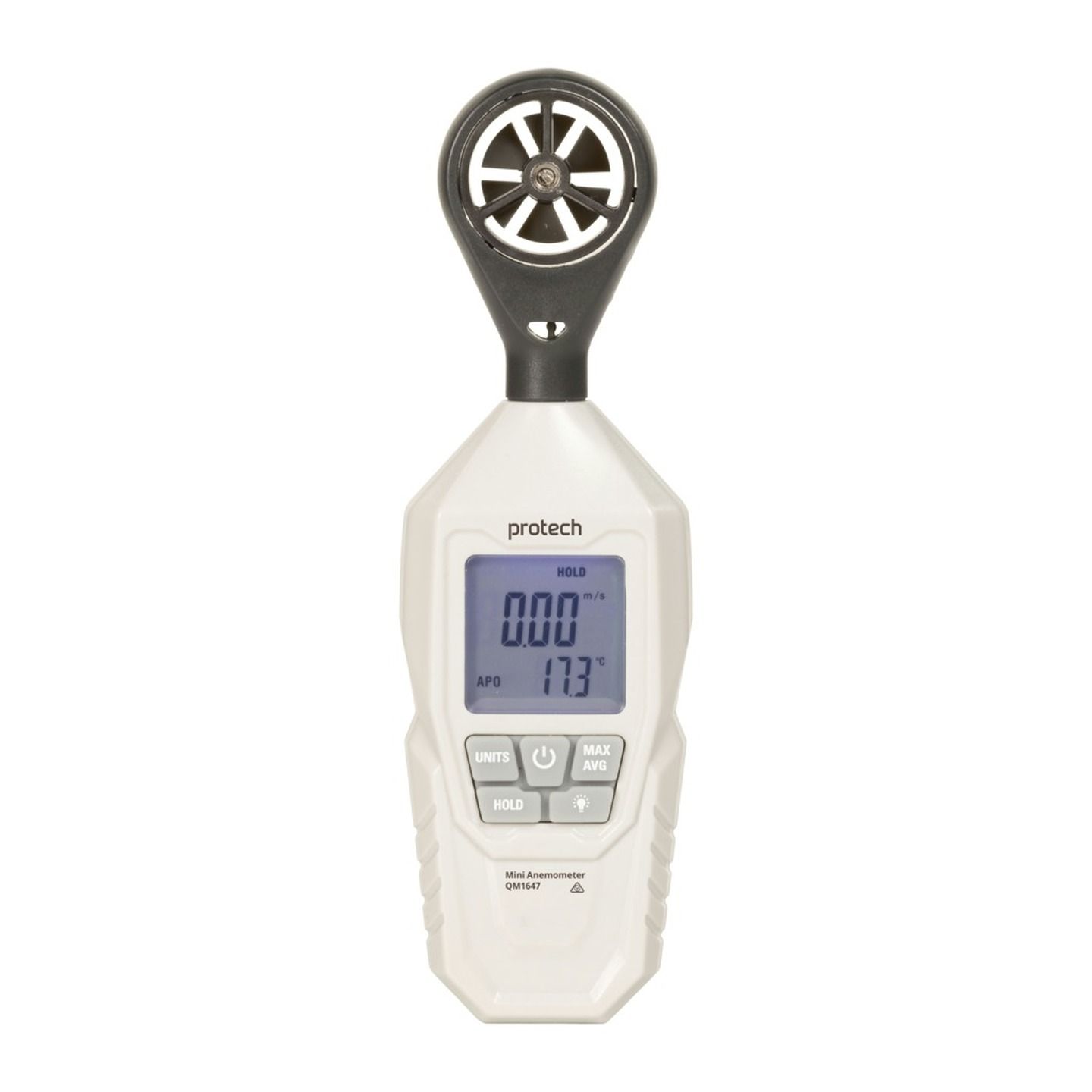Anemometers Unveiled: Comprehending Their Significance in Environmental Monitoring and Precaution
The role of anemometers in environmental monitoring and safety procedures is usually undervalued, yet their value is obvious. These instruments have a lengthy history rooted in clinical inquiry and technological developments, progressing to come to be vital devices in various fields. From meteorology to aviation safety, anemometers play a vital role in giving accurate data that educates decision-making processes and improves total safety. Recognizing the intricacies of anemometers reveals a world of crucial insights that are basic to our understanding of the environment and the actions we require to guarantee security.
Background of Anemometers
The evolution of anemometers can be mapped back to the ancient human beings where basic wind measuring devices were first used. These very early wind dimension devices laid the structure for the development of extra innovative anemometers over time. One of the earliest recognized anemometers was the hemispherical mug anemometer invented by Leon Battista Alberti in the 15th century. This layout included 4 hemispherical cups that gathered wind power, supplying a dimension of its intensity based on the speed of turning.
Over the years, developments in modern technology led to the growth of even more modern-day anemometers, consisting of ultrasonic anemometers and laser Doppler anemometers, using enhanced accuracy and effectiveness in gauging wind rate and direction. The background of anemometers showcases an exceptional trip of development and development in the area of meteorology.
Sorts Of Anemometers
Throughout the area of meteorology, various sorts of anemometers have been established to properly measure wind rate and direction. One of the most usual kind is the mug anemometer, which contains 3 or four cups mounted on straight arms that rotate with the wind. As the mugs spin, the speed at which they revolve is directly symmetrical to the wind rate. One more widely made use of type is the vane anemometer, which features a tail or fin that straightens itself with the wind instructions. This placement enables the device to figure out the wind direction. Sonic anemometers utilize ultrasonic signals to measure wind speed and instructions precisely. They are generally utilized in study applications as a result of their high precision. Hot-wire anemometers operate based on the principle that the cooling result of wind on a warmed cable is symmetrical to the wind speed. These anemometers appropriate for determining low wind rates with high precision. Each kind of anemometer has its toughness and is selected based upon the particular requirements of the surveillance job at hand.
Applications in Meteorology
Having actually talked about the different kinds of anemometers made use of in weather forecasting for determining wind speed and instructions, it is crucial to discover their useful applications in the area. Anemometers play a vital duty in meteorology by giving real-time and exact data on wind problems (anemometer). Meteorologists utilize anemometers to keep an eye on wind speed and direction to anticipate climate patterns, problem warnings for extreme climate events like typhoons, twisters, and storms, and assess weather for aeronautics security
In meteorology, anemometers help in recognizing neighborhood and regional wind patterns, which are crucial for anticipating weather changes and determining weather patterns. These devices are additionally utilized in research to research microclimates, see it here metropolitan heat islands, and air contamination diffusion. Additionally, anemometers are used in agriculture to optimize plant administration practices, such as watering and pesticide application, based upon wind conditions.
Relevance in Air Travel Safety
An integral element of guaranteeing aeronautics security exists in the precise surveillance of wind conditions making use of anemometers. Anemometers play a vital role in aeronautics by providing real-time information on wind rate and direction, assisting pilots in making informed choices throughout take-off, trip, and landing. Uncertain and strong winds can substantially impact aircraft procedures, making it essential for air travel authorities to depend on exact wind measurements to guarantee the safety and security of passengers and team.

In the vibrant environment of air travel, where also minor modifications in wind rate and direction can have extensive results, anemometers stand as important devices for promoting safe and secure air travel.
Function in Environmental Study
Anemometers play an important function in ecological research study by supplying essential data on wind rate and instructions. By properly gauging wind characteristics, anemometers help scientists assess the activity of toxins in the air, analyze the influence of commercial exhausts, and anticipate the spread of pollutants in the atmosphere.


Conclusion
Finally, anemometers have actually played a crucial role in ecological surveillance and safety and security procedures. With an abundant history and various types readily available, these tools have actually been commonly made use of in meteorology, air travel security, and environmental study. Comprehending the value of anemometers is essential for properly determining wind speed and instructions, which is crucial for anticipating weather patterns, ensuring secure aeronautics operations, and conducting ecological research studies - anemometer. Their payments to these fields can not be underestimated.
One of the earliest recognized anemometers was the hemispherical mug anemometer developed by Leon Battista Alberti in the 15th century. Over the years, advancements in innovation led to the development of more modern-day anemometers, including ultrasonic anemometers and laser Doppler anemometers, using increased accuracy and performance in measuring wind rate and instructions. Hot-wire anemometers operate based on the concept that the cooling result of wind on a heated cable is symmetrical to the wind speed. Meteorologists use anemometers to monitor wind speed and instructions to forecast weather condition patterns, problem cautions for severe weather condition occasions like tornados, tornadoes, and typhoons, and examine climatic problems for aeronautics safety.
Understanding the importance of anemometers is crucial for properly measuring wind speed and direction, which is vital for forecasting weather condition patterns, guaranteeing safe aviation operations, and conducting environmental studies. (anemometer)